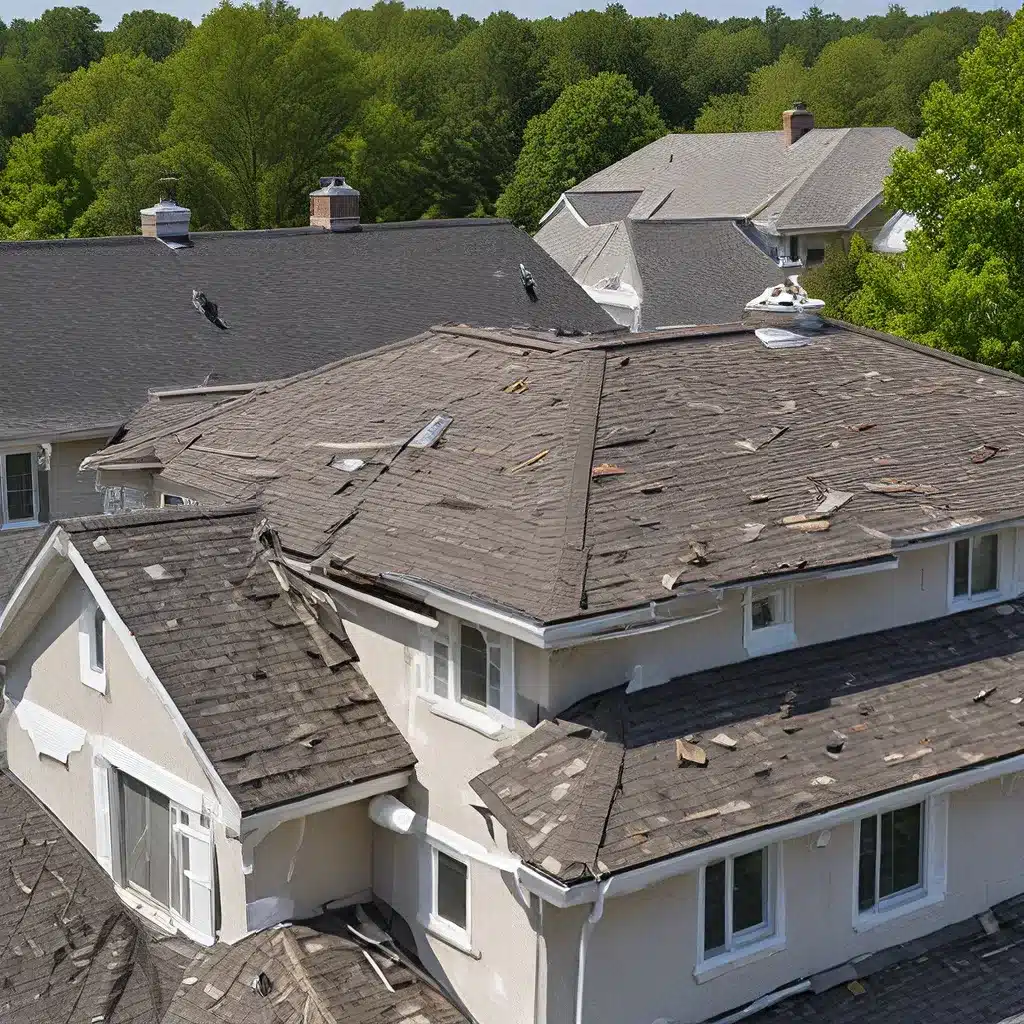
As a homeowner, the thought of a natural disaster striking and damaging your roof can be downright terrifying. Hurricanes, tornadoes, hailstorms – the list of potential threats seems endless. But you know what they say, “An ounce of prevention is worth a pound of cure.” And when it comes to protecting your home, that couldn’t be more true.
Understand Your Roof’s Vulnerability
Before we dive into the nitty-gritty of disaster preparedness, let’s take a step back and assess your roof’s vulnerability. After all, understanding the risks is the first step to mitigating them.
According to the Federal Emergency Management Agency (FEMA), certain factors can increase your roof’s susceptibility to damage, like:
* Age and condition: Older roofs, or those that haven’t been well-maintained, are more likely to fail during a disaster.
* Roof type: Some materials, like asphalt shingles, are more vulnerable to wind and hail than others, like metal or tile.
* Roof shape: Certain roof designs, like gables or dormers, can create weak spots that are prone to failure.
To get a better understanding of your roof’s specific risks, I’d recommend reaching out to a licensed roofing contractor. They can assess your roof and provide guidance on the steps you can take to strengthen it.
Strengthen Your Roof’s Defenses
Now that you know the potential weak spots, it’s time to take action. Here are some key strategies to fortify your roof and protect it from the ravages of Mother Nature:
Reinforce the Structure
One of the most effective ways to safeguard your roof is to reinforce the structural elements. This could involve:
* Upgrading roof fasteners: Replacing standard nails with high-strength screws or clips can significantly improve the roof’s ability to withstand high winds.
* Adding roof straps or clips: These metal connectors help bind the roof to the walls, creating a more cohesive structure that’s less likely to be torn away.
* Reinforcing roof-to-wall connections: Ensuring a strong bond between the roof and the walls can prevent the entire roof from being lifted off during a storm.
Upgrade the Roofing Materials
If your roof is due for a replacement, consider upgrading to more disaster-resistant materials. Some options to explore include:
* Metal roofing: Sturdy and durable, metal roofs can withstand the impact of hail and the ferocious winds of hurricanes.
* Impact-resistant shingles: These specialized shingles are designed to resist cracking and puncturing from falling debris and hail.
* Tile or slate: While more expensive, these roofing materials are incredibly resilient and can provide excellent protection against natural disasters.
Seal the Roof Properly
Proper sealing and flashing are crucial for preventing water intrusion, which can lead to costly damage. Make sure to:
* Seal all roof penetrations: Ensure that vents, chimneys, and other openings are properly sealed to prevent leaks.
* Install proper flashing: Ensure that the flashing around skylights, dormers, and other roof features is in good condition and properly installed.
* Use high-quality sealants: Opt for polyurethane or silicone-based sealants that can withstand the elements.
Don’t Forget the Gutters
Clogged or malfunctioning gutters can cause water to back up and compromise the roof’s integrity. Stay on top of gutter maintenance by:
* Cleaning them regularly: Remove leaves, twigs, and other debris to ensure proper water flow.
* Reinforcing or upgrading: Consider installing gutter guards or downspout extensions to enhance their durability and effectiveness.
Develop a Disaster Response Plan
Preparing your roof for potential disasters is crucial, but it’s only half the battle. You also need to have a well-thought-out plan in place for when disaster strikes.
Create an Emergency Kit
Keep a disaster preparedness kit readily available, stocked with essentials like:
* First aid supplies
* Flashlights and batteries
* Non-perishable food and water
* Battery-powered radio
* Important documents
Know Your Evacuation Route
Familiarize yourself with the evacuation routes in your area and have a plan for where you’ll go in the event of an emergency. Don’t wait until the last minute to figure this out – it could mean the difference between getting to safety and being trapped.
Document Your Home’s Condition
Take the time to thoroughly document the current condition of your roof and home. This includes:
* Photographs and videos: Capture the details of your roof, both inside and out.
* Maintenance records: Keep track of any repairs or upgrades you’ve made over the years.
This documentation can be invaluable if you need to file an insurance claim after a disaster.
Be Proactive, Not Reactive
I know, I know – it can be easy to feel overwhelmed by all the potential threats out there. But the truth is, being proactive about roof disaster preparedness can save you a lot of headaches (and money) in the long run.
Reach out to the team at Southern Roofing Company – they can help you assess your roof’s vulnerabilities and develop a comprehensive plan to bulletproof it against Mother Nature’s worst. Don’t wait until it’s too late – take action today to protect your home and your family.